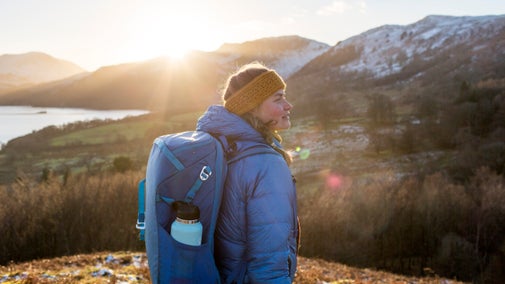
Discover more at Charlecote Park
Find out when Charlecote Park is open, how to get here, the things to see and do and more.
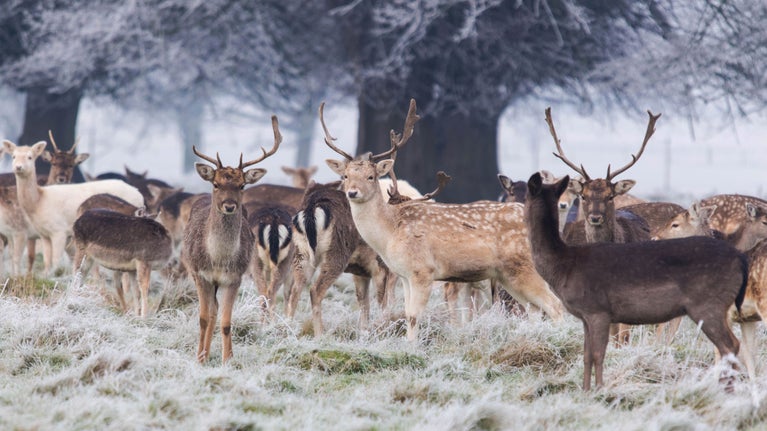
Charlecote’s tranquil parkland is the perfect place to picnic, play or wander all year round. Clear your mind with a gentle stroll through the wildlife-rich meadow and tree-lined avenues.
Pull on your walking boots, wrap up warm and escape to a winter landscape inspired by ‘Capability’ Brown with views across the river Avon. Follow the mown pathways through the parkland along the rivers and lakeside, and enjoy picture perfect winter scenes. From fallow deer in the early morning mist, to frost glinting on the long grass, there's lots of beauty to be found in nature this season.
Wellies and walking boots are recommended as it can get muddy in the park. A good winter walk will leave you feeling invigorated for the rest of the day. Reward yourself with a warming drink or snack from the Wood Yard café.
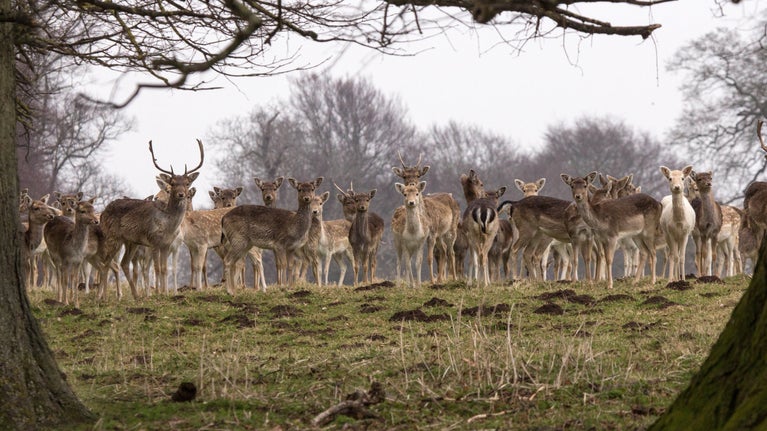
Fallow deer have lived at Charlecote for centuries, and legend has it that young William Shakespeare was prosecuted for poaching here. Around 200 deer now roam freely around the parkland, including fawns born in the summer. Take a walk through the wider parkland and you’ll almost certainly see them during your visit.
Tread quietly and keep your distance, stay on the mown pathway and they may stand still long enough for stunning photographs. It’s usually easier to spot them in winter when the trees are bare, but if you can’t spot them, just ask our park and garden team and they’ll point you in the right direction.
The historic fallow deer herd comprises all four colours of the species – common, menil (the spots are more distinct than the common), melanistic (very dark), and leucistic – almost white. The white deer are not albinos, it is their natural colouring. Try and spot all varieties on a visit.
We sometimes close West Park to visitors from late spring to give pregnant does more quiet space away from the crowds.
Over the summer months, the bucks grow back their antlers. The new antlers are covered in a soft velvet coating which supplies blood to the growing bone structures underneath. This coating drops off in late summer and can look a little messy but is completely harmless. Summer is also a great time for spotting fawns darting through the parkland. Don't worry if you spot one on its own, the mum won't be far away.
Listen for the deep bellowing calls and clash of antlers in the autumn, as the bucks challenge each other for the attention of the does. It's a good idea to remain on the pathways and watch them from a distance and these impressive challenges can travel great distances in a matter of seconds.
Winter brings with it new coats for the deer to keep them warm. The team give them extra food and 'deer nuts' in the winter, to supplement their diet.
In spring the bucks shed their antlers after a drop in testosterone. We place the antlers back out in the parkland for them to nibble on, as they contain vital nutrients to supplement their diet. The does are heavily pregnant in the spring and often seek shelter in the sanctuary.
Have you noticed the traditional cleft oak paling fencing? This is a rural craft that we're delighted to keep alive. The varied heights of the panels confuse the deer so that they don't jump over the fence, although they easily could.
If you are asked by the team to move, it’s for your safety and the wellbeing of the deer who are very anxious animals. Keep children in your care close to you, and photograph them from a distance. The bucks have large antlers and they can be unpredictable when startled. If you find a fawn in the long grass or nettles, please leave it alone.

The fallow deer share the parkland with a pedigree flock of Jacob sheep, famous for their piebald colouring and distinctive multi horns. They are considered a primitive breed having made very few adaptations throughout the ages.
Their connection with Charlecote Park dates back to 1756, when they were introduced by 'Bachelor' George Lucy from his travels throughout Europe.
We work with the Jacob Sheep Society and our 92 breeding ewes have been joined by award-winning pedigree rams from the Society. We've reinstated the pedigree status of the flock, with each of our breeding ewes now having her own certificate.
Tupping happens in November – when our prize rams are put in with the ewes. Daylight length determines when the ewes come into season and we plan ahead for lambing in April the following year.
Whatever the weather or time of year, Charlecote is perfect for spotting wildlife. You’re bound to see something interesting when you visit.
There's so much to see at any time of year, so make the most of this beautiful corner of the Warwickshire countryside and follow our top tips.
From Front Park, you may spot St Leonard's church, rebuilt by Mary Elizabeth Lucy (1803 - 1890) in memory of her husband George (1789-1845). After your visit to Charlecote Park, before returning to the car park, feel free to go and visit the church and its graveyard, where some members of the Lucy family have been buried.
Don't let a little rain stop you from enjoying a mood-boosting walk, tap into your senses and enjoy everything the rain brings. It’s usually quieter in the parkland on rainy days, so it can be a peaceful visit. Fresh air and switching off is good for us whether the sun is shining or not.

Find out when Charlecote Park is open, how to get here, the things to see and do and more.
Charlecote Park is a two-pawprint rated place. There's plenty of space to explore with your dogs along our special walking routes. With acres of beautiful parkland to visit, come and wander with your four-legged friend.

There are lots of seasonal highlights to discover in the garden at Charlecote, including a formal riverside parterre, shaded woodland garden and a Victorian summerhouse.

Discover a fine example of a Victorian home at Charlecote Park, with its vast collection of treasures and immaculately preserved Victorian kitchen and outbuildings.
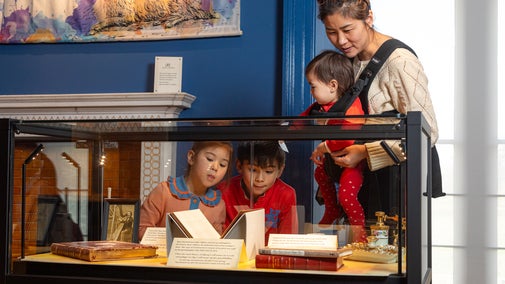
Generations of the Lucy family have shaped Charlecote Park over the centuries, read about their triumphs and failures.
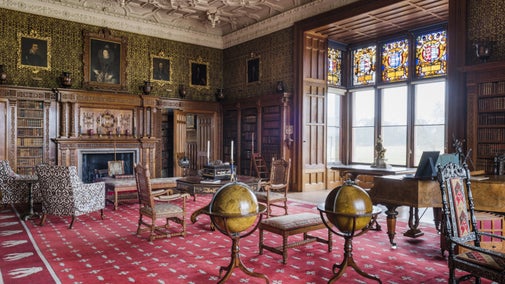
Discover a Victorian family home and landscaped park on a group, school or educational visit. Find out how to book and what to expect from your group visit here.

Find out about fallow, red and muntjac deer, how to tell them apart and other top tips for seeing and photographing them at the places we care for.

Plan a visit to one of the special countryside places in our care and discover the benefits of being in the great outdoors. Pack your walking boots and get ready to explore woodlands, valleys and rivers.
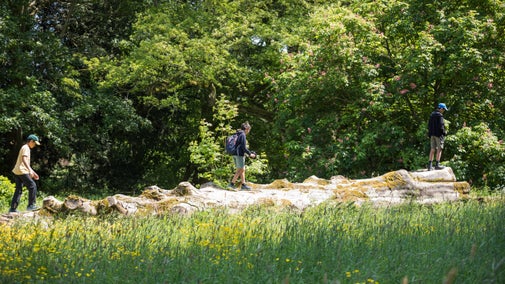
Explore some of the finest landscapes in our care on coastal paths, accessible trails, woodland walks and everything in between. Find the best places to walk near you.
